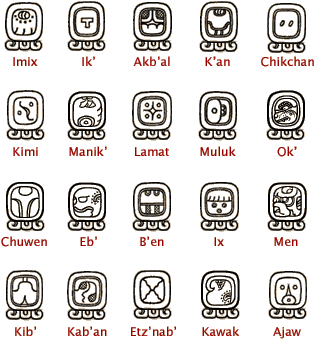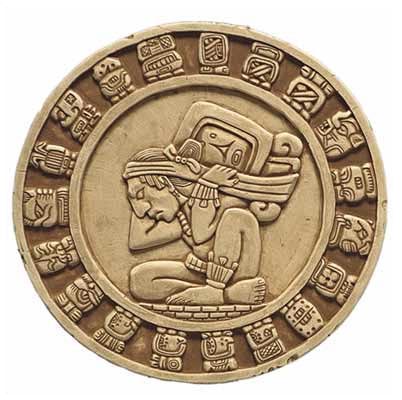In the course of 40 years, Spanish journalist and editor Juan Cruz has found that “passion and vocation” move writers, but what “moves them most of all are their egos,” the theme of his new book “Egos Revueltos” (Scrambled Egos), because “envy is one of the great defects of the literary world.”
In his role as editor, Juan Cruz has encountered egos of every kind, but perhaps “the biggest” he found was that of Cela, Nobel laureate for literature, “because he had no one to put him down, everyone around him constantly flattered him, he would laugh a thank-you in reply and loved every minute of it.”
Nonetheless, the author of “La Colmena” (The Hive) was “a very lonely man and much more sentimental and vulnerable than he appeared. He was timid and overcame his timidity with arrogance. But it wasn’t a vacuum-packed arrogance, because he was a great writer,” Cruz said.
Another who had “a very abundant ego” was Octavio Paz. “Paz was not a humble man, nor did he think it appropriate to hide his greatness behind false modesty.” He spoke “with the confidence of an authority” and his immense culture and wisdom were undeniable, but “he had a decided tendency to believe that there were few like him in the history of the 20th century.”
Uruguayan writer Mario Benedetti was thought of as modest, but he had “an irritable ego: it remained suspended until some spark made it blaze.”
MORE

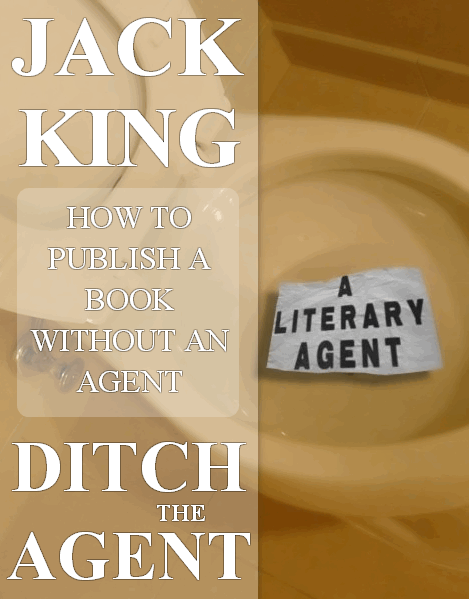





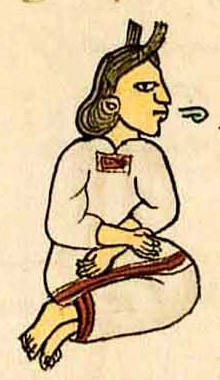 "Two literary pieces written in Nahuatl and attributed to
"Two literary pieces written in Nahuatl and attributed to 
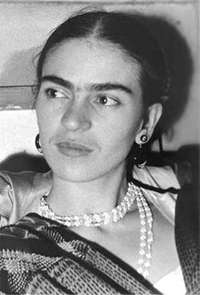 "The intimate diary of
"The intimate diary of 


